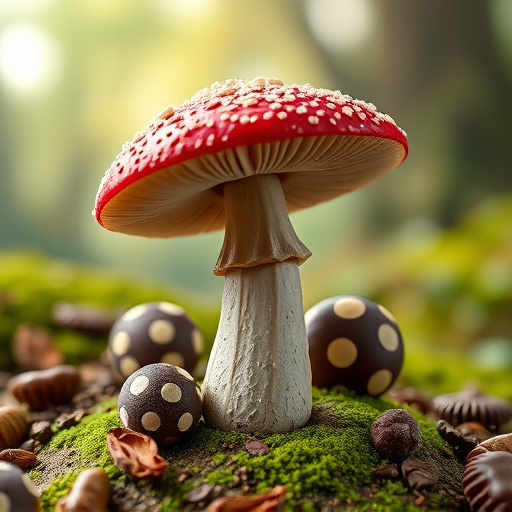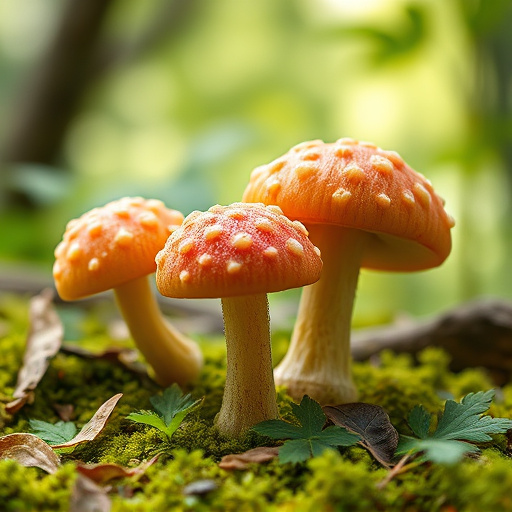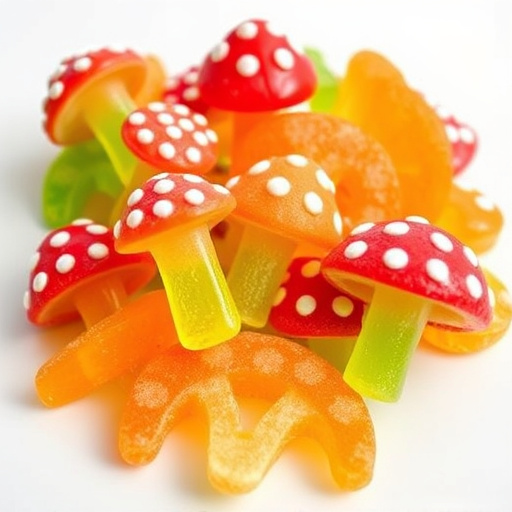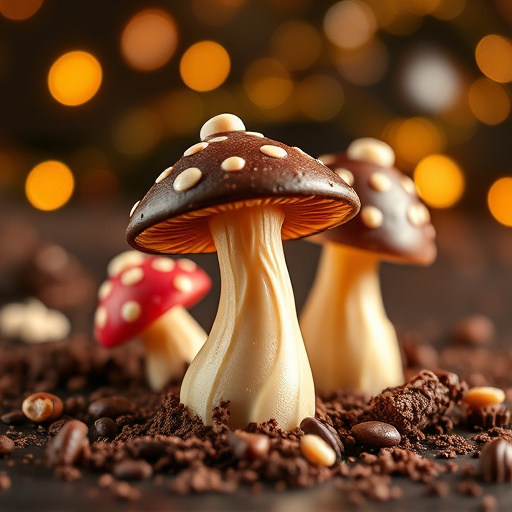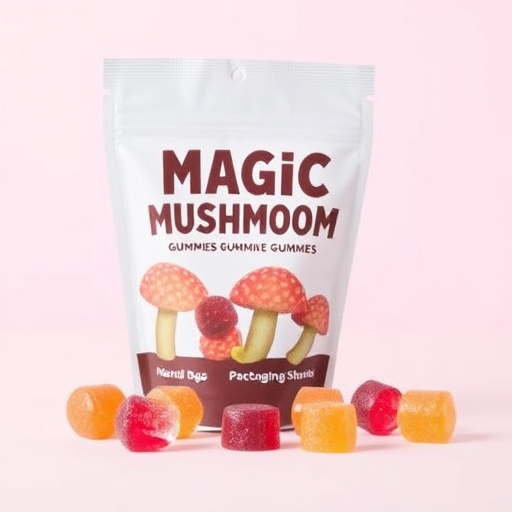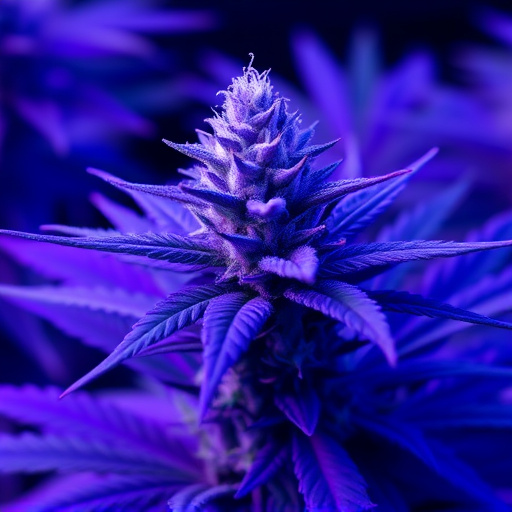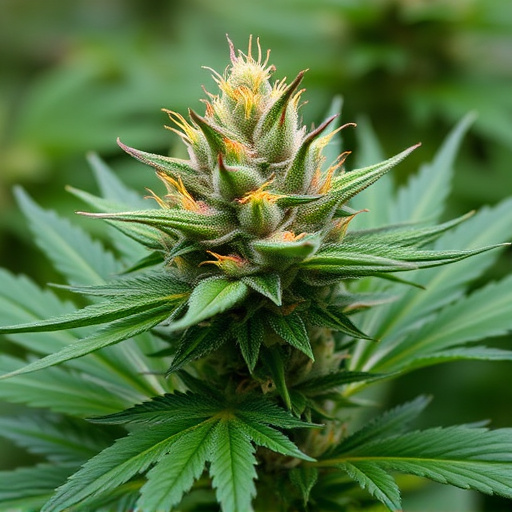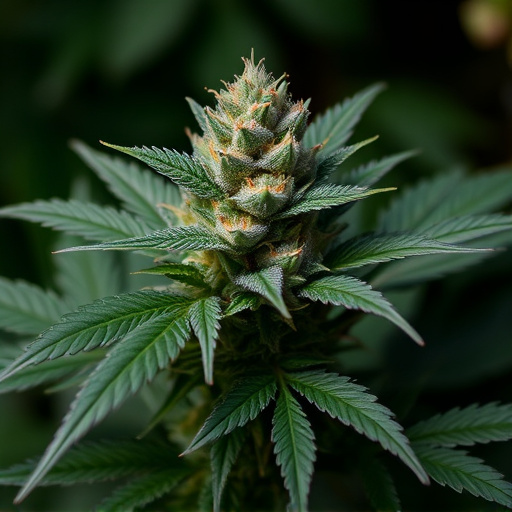Cannabis plants (Cannabis sativa) display vibrant colors like purple, red, and blue due to chemical interactions, with each hue linked to specific cannabinoid profiles offering unique sensory experiences. Best cannabis strains like Purple Haze, Granddaddy Purple, and Blue Dream are cultivated through meticulous genetic breeding, highlighting their distinctive appearances, aromas, and therapeutic benefits. Environmental factors such as sunlight, temperature, and soil influence the production of pigments, leading to global variations in these top cannabis strains' flavors, effects, and visual appeal, catering to diverse consumer preferences.
Uncover the captivating world of cannabis colors with our in-depth guide. Purple, red, and blue hues in weed aren’t just aesthetic; they’re a testament to the complex interplay of science, genetics, and environment. From the intricate chemistry of cannabinoids to the art of strain breeding, this article explores what makes certain cannabis strains stand out. Discover how genetic factors and environmental influences create the best cannabis strains known for their vibrant pigments and unique characteristics.
- Understanding Cannabis Pigments: The Science Behind Purple, Red, and Blue
- Genetic Factors: Unlocking the Secrets of Best Cannabis Strains
- Environmental Influences: How Terrain Shapes Unique Strain Characteristics
Understanding Cannabis Pigments: The Science Behind Purple, Red, and Blue
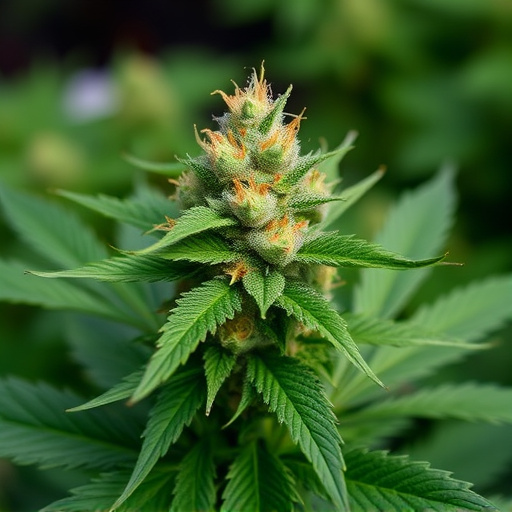
Cannabis plants, scientifically known as Cannabis sativa, have long been celebrated for their diverse range of pigments, with purple, red, and blue hues standing out among the most intriguing. These colors are not merely aesthetic; they are a result of complex chemical interactions within the plant’s physiology. The science behind these pigments is rooted in cannabinoids and terpenes—the primary chemical compounds responsible for cannabis’s unique properties.
Each color variation corresponds to specific cannabinoid profiles, with purple buds often rich in anthocyanins—natural pigments produced by the plant as a defense mechanism against UV radiation. Red strains may indicate higher levels of carotenoids, which play a role in photosynthesis and are known for their vibrant colors. Blue cannabis is less common but attributed to the presence of cannabinoids like CBD (cannabidiol), which can interact with light absorption in unique ways, leading to these striking blue shades. Among the best cannabis strains renowned for their pigment-rich profiles are Purple Haze, Granddaddy Purple, and Blue Dream—each offering a distinct sensory experience due to their specific cannabinoid and terpene compositions.
Genetic Factors: Unlocking the Secrets of Best Cannabis Strains
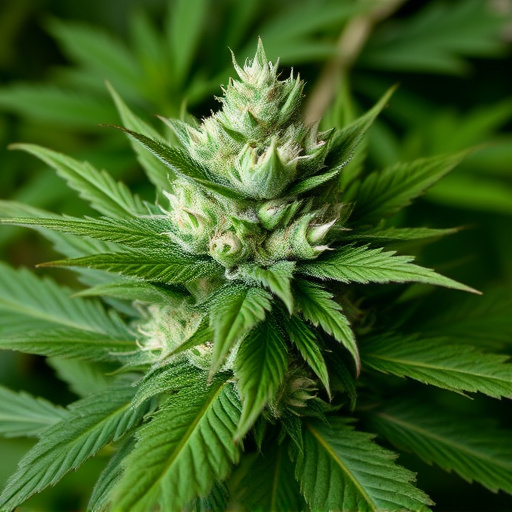
Genetic factors play a crucial role in unlocking the secrets behind the best cannabis strains, including their unique colors and effects. Each strain is a result of meticulous breeding and selection, where specific genetic traits are cultivated to create desired characteristics. The interplay of different genes dictates the plant’s overall appearance, from its structure and aroma to the vibrant hues of purple, red, or blue.
Understanding these genetic components is essential for cannabis enthusiasts and cultivators alike. By studying the lineage and specific traits of a strain, one can anticipate its potential therapeutic benefits and unique sensory experiences. This knowledge empowers growers to select and breed plants with desirable attributes, ultimately enhancing the overall quality and appeal of the best cannabis strains available in today’s market.
Environmental Influences: How Terrain Shapes Unique Strain Characteristics

The terrain and environmental conditions where cannabis plants grow play a significant role in shaping their unique characteristics, including color variations that can result in stunning purple, red, or blue weeds. These colors are often indicative of specific strains known for their distinct flavors and effects, making them popular among cannabis enthusiasts seeking the best cannabis strains.
For instance, exposure to different levels of sunlight, temperature fluctuations, and soil composition can all contribute to the production of anthocyanins—pigments responsible for the vibrant hues. Cooler climates often encourage the development of more intense colors as plants produce higher levels of these pigments to protect themselves from cold stress. As a result, certain regions become renowned for their specific strain varieties, offering growers and consumers a diverse array of best cannabis strains with distinct visual and sensory profiles.
In exploring what causes purple, red, and blue weed, this article has unveiled a complex interplay between science, genetics, and environment. Understanding the intricate factors that shape these unique pigments in cannabis not only deepens our appreciation for nature’s diversity but also guides us in selecting the best cannabis strains for specific needs and preferences. By recognizing the impact of genetic variations and environmental influences, cultivators can continue to foster and develop exceptional best cannabis strains that cater to a wide range of consumers.
